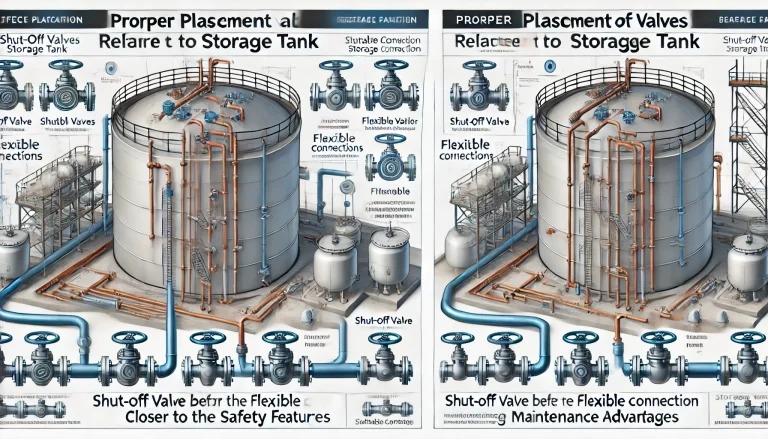1. Function of Fusible Plugs
Fusible plugs are temperature-sensitive safety components made from low-melting-point alloys. When ambient temperature exceeds a predefined threshold (typically 70–200°C), the plug melts and triggers the emergency shut-off valve (ESV) to close automatically. This serves to:
Prevent hazardous media leaks during fire or extreme heat;
Protect equipment from thermal damage or explosion;
Comply with high-temperature safety requirements in relevant regulations.
2. Typical Scenarios Requiring Fusible Plugs
Flammable/Explosive Environments: Petrochemical plants, gas pipelines, LNG storage, etc.
High-Temperature Sensitive Systems: Reactors, boilers, or any system with overheating risk.
Regulatory Compliance: Some industry standards (e.g., API, ASME, GB/T) may mandate usage.
Unattended or Remote Facilities: Where automatic thermal activation is necessary to offset delayed human response.

3. Selection and Configuration Guidelines
Melting Point: Select based on process temperature, usually slightly higher than operating temp but lower than danger levels (e.g., 72°C, 100°C, 165°C).
Material Compatibility: Ensure alloy doesn’t react with process media.
Installation Location: Near risk zones (e.g., valve inlet), not blocked by insulation.
Redundancy: Can be paired with sensors or interlocks for multi-layered protection.
4. Standards and Compliance Requirements
International Standards:
API 607/6FA: Fire testing for valves
ASME B31.3: Process piping
Chinese National Standards:
GB/T 22653-2008: Requires rapid valve closure under emergencies, Class V leak tightness, thermal/manual/remote closing functions
GB/T 24918-2010: Specifies structural fire safety for cryogenic emergency valves
T/CCSAS023-2022: Categorizes valves into I-III types and defines layout principles for hazardous chemical facilities
Industry Codes: Specific to chemical, gas, and fire safety sectors.

5. Scenarios Where Fusible Plugs May Be Omitted
Low-Temperature or Stable Systems: Where no overheat risk exists.
Alternative Protection: Temperature sensors with automatic shutdown functions.
Cost/Maintenance Constraints: Requires risk assessment to justify omission.
6. Maintenance and Inspection
Routine Checks: Inspect for corrosion, blockage, or physical damage.
Replacement Cycle: Follow manufacturer guidance; shorten intervals in high-heat areas.
Functional Testing: Simulate high-temperature conditions to verify melt-trigger action.

Conclusion
Fusible plugs are essential for emergency shut-off valves in systems where high temperature poses significant safety hazards or where regulations mandate their presence. Proper selection, installation, and maintenance are critical. It is highly recommended to consult safety engineers or follow the valve manufacturer’s specifications to ensure compliance and reliability.
